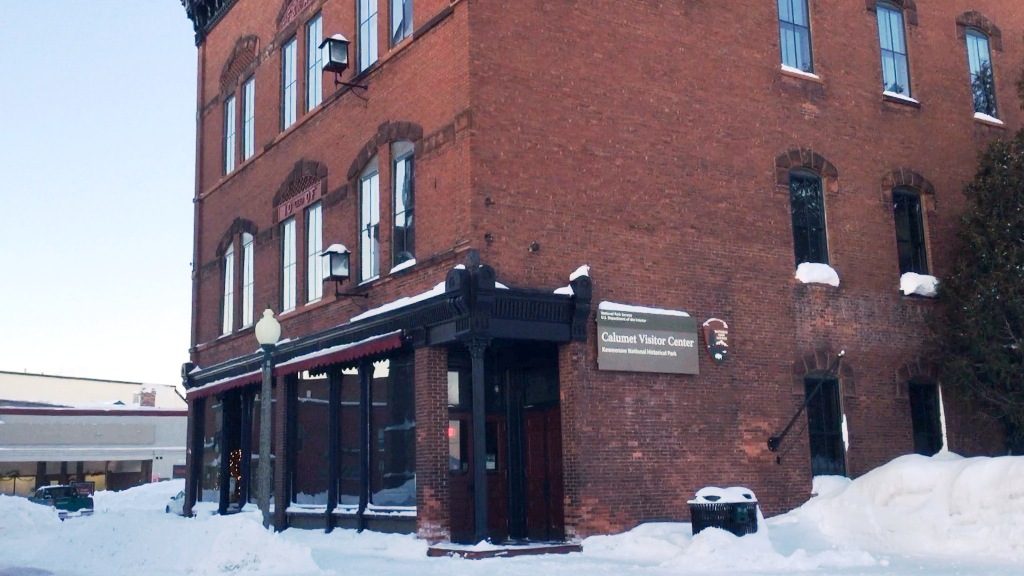It’s hard to imagine that the combination of photography and pyrotechnics could have played an important role in our modern day living standards.

However, an upcoming display that’s being presented by Keweenaw National Historical Park and the Friend’s of the Calumet Library will take a detailed look into the life and works of a pioneer in the field of media journalism, who used his camera and a form of gun powder to shed light on America’s less fortunate, leading to the change of living conditions worldwide.
Preparations are underway for an attraction that will feature author and photo journalist Jacob Riis, who is best know for his publication: “How The Other Half Lives.”
It was only a few generations ago when photography was in its infancy and before the invention of the flash bulb, many photos were impossible to take without adequate lighting.
“Jacob Riis was a Danish immigrant. He came to New York in the mid 1800s. He was working for a variety of New York city newspapers, primarily on the police beat covering the city’s serious neighborhoods and the slums and a lot of police activity,” said Keweenaw National Historical Park Historian Jo Holt.
Out of the box thinking and ingenuity prompted the newspaper reporter to use a newly developed flash powder to illuminate and publicize the conditions of poverty into a publication that was unlike anything the upper class had ever seen.
Holt said, “Through that photo journalism, he became a social reformer. He was advocating for building codes and health codes to improve the lives of the people that he was encountering on this police beat.”
As the Copper Country was a direct destination for many immigrants, poor living conditions and a lack of financial resources are a part of local history here as well, but Holt anticipates that there are many differences between the two locations and the upcoming exhibit of photojournalist Jacob Riis will have local ties and comparisons and will involve a supportive community that is excited to take part.
“The Copper Country has a number of repositories with historic photograph collections that we can use to look at Copper Country life around the same time–1880s-1890s and 1910s. There’s a great visual way to compare and contrast Copper Country history and New York City history,” said Holt.
Friends of the Calumet Library and the KNHP share a common interest in Riis’s achievements and held a series of public meetings where community members offered suggestions, tidbits of local accounts, and some planned activities and individual stations of the display. This type of support is common for historical attractions at the park, as many of the features are community wide events.
Holt said, “This exhibit itself is really exciting because it gives us the opportunity to involve community partners in planning the exhibit and activities related to the exhibit. I’m hoping that people here will be sparked to think about a way to connect their community’s history with what Riis was documenting.”
The seven week exhibit will be open to the public from September 3rd until late October and is expected to utilize the entire third floor of the Calumet Visitor Center.
“I think Riis is a fascination person and his work is fascinating to me and so it was encouraging to find other people see the connections between Riis and the Copper Country,” Holt said.
 Keweenaw Report Your Source for Local News and Sports
Keweenaw Report Your Source for Local News and Sports





